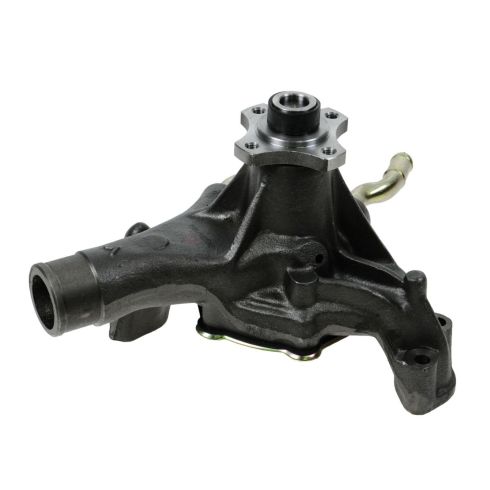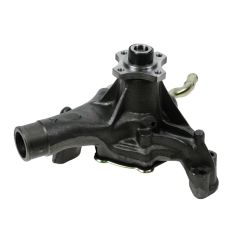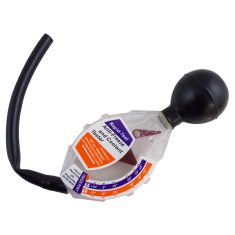1AEWP00011-Engine Water Pump TRQ WPA07292

Replaces
Engine Water Pump TRQ WPA07292

Frequently bought together
Product Reviews
Loading reviews
4.62/ 5.0
8
8 reviews
Good job A1 Auto
March 13, 2017
Very happy with all the parts I've ordered from you guys.
Good product!!
December 4, 2018
The water pump in my 96 Chevy Tahoe began leaking from the weep hole letting me know it was failing. I ordered a new water pump from 1A Auto.Com. The part was inexpensive (but similar quality to what the shop would have purchased for 3 times as much). It arrived 2 days earlier than expected. I drive 500 miles weekly through the Mojave desert. Since replacing the water pump, I have put about 1500 miles on my truck which turned over 300,000 two weeks ago!! I've had great experiences with 1A Auto even when I had to return a part that was defective from the manufacturer. The staff is curteous and helpful, and the videos have helped me save major bucks since my first purchase. I've been recommending 1A Auto to all my friends looking to save on parts for their cars!!
Perfect fit and good quality
February 2, 2019
Shipping was quick and the part was a perfect fit. Recommend
Perfect fit part
June 20, 2019
The part was exactly as described and simple to replace on my 03 Chevy s10 4.3 l v6 engine. Aggravating to get into at times but having the perfect part makes a difference
Outstanding customer service!!
June 27, 2019
needed a part ASAP customer service was great they helped me in the up most professional way!! I've told several friends about this company and I plan to continuously do business with them in the future!! Delivery was fast and prompt ?????? thanks again!
Not durable
March 29, 2022
Worked okay but went bad in just a couple months.
New Waterpump for old truck!
December 15, 2022
Went in perfectly, no problems! Thank you also your video was a big help.
Awesome
October 19, 2023
Was able to watch the how to video and it took a few times to get the little things that go on the end to match up but after I figured it out it went very smoothly.
Customer Q&A
What is brand of this part and is it considered to be extra duty?
April 1, 2017
10
We have a few different aftermarket companies build these parts specifically for us, as our 1A Auto house brand. They are manufactured to the same OEM specifications as the original part that came with your vehicle, it is not an "extra duty" part. If you have any further questions, please don't hesitate to ask.
April 2, 2017
Tim K
What type of water pump is this?
February 19, 2019
10
I installed this on a 1996 gmc suburban with the 5.7 vortec engine.
February 19, 2019
Andrew L
10
not sure what you're asking? it's a water pump for the Ford Ranger Series around 2000 to probably 2010. V6 engine water pump? If you're asking the manufacturer they are sourced from different companies, not sure
February 19, 2019
J O
10
This is an engine water pump. Additional specifications are listed in the vehicle fit category.
February 19, 2019
Emma F
10
97 chevy silverado v6
February 19, 2019
Juan N
Steel impeller or cast iron impeller?
November 25, 2019
10
Steel
November 25, 2019
Juan N
10
1A Auto's house brand parts are manufactured by various aftermarket companies specifically for us and built to your vehicle's exact OEM specifications. Please let us know if you have any other questions.
November 26, 2019
Peter L
Does this water pump come with gaskets?
May 7, 2020
10
Hello Jesse. Yes this pump will come with new gaskets!
May 7, 2020
T I
Would this fit a chevy tahoe limited 2000 5.7L?
March 18, 2021
10
This item is listed to fit 2000 Chevrolet Tahoe models with the V8 5.7L and 8th VIN Digit R.
March 19, 2021
Jessica D
Would this fit a chevy tahoe limited 2000 5.7L?
March 20, 2021
10
Yes, according to the information you provided, this part will fit your vehicle.
March 22, 2021
Corey M
Need for 7.4?
March 6, 2022










